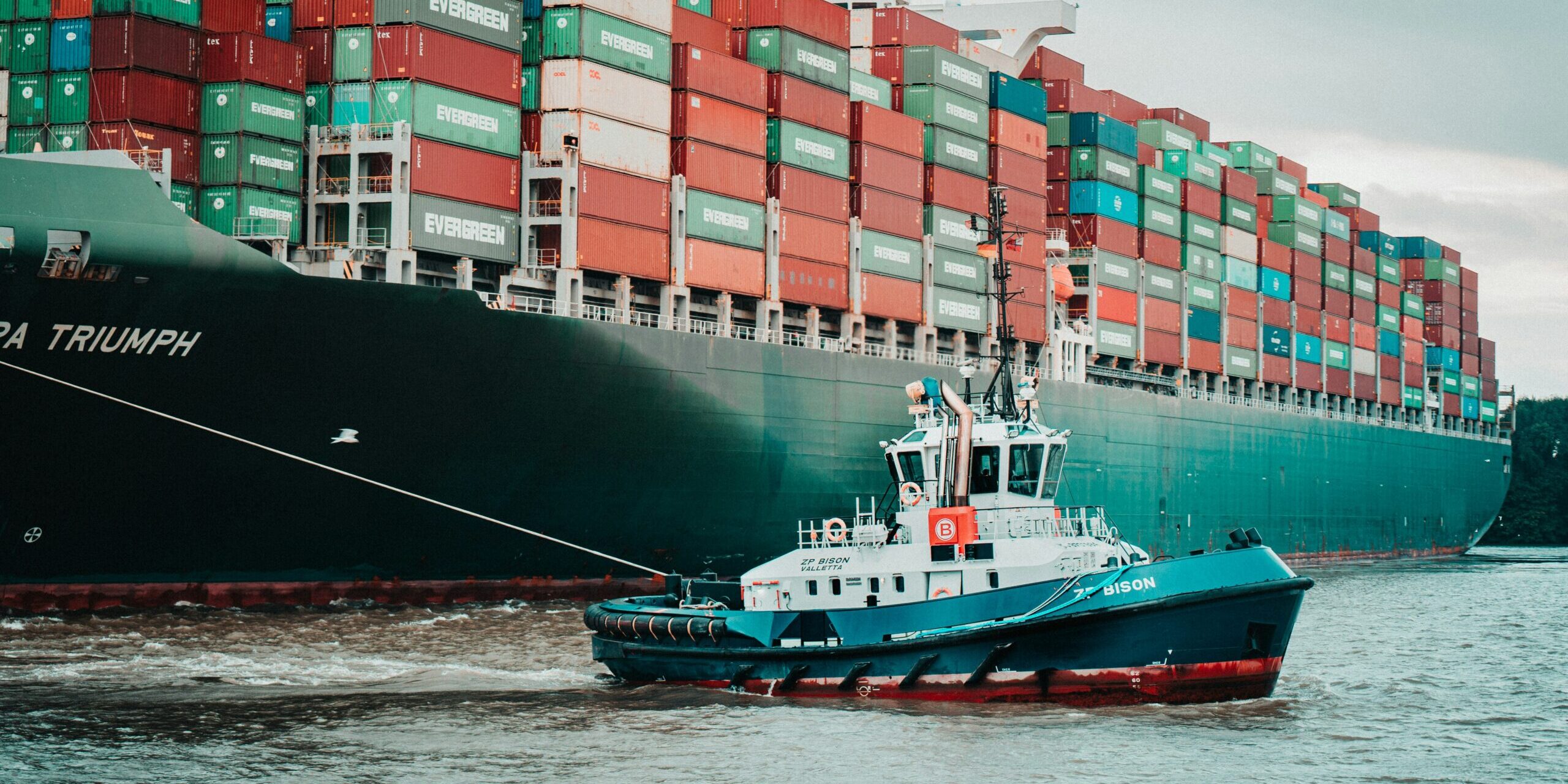Amid trade tensions and emerging technologies, Indo-Pacific countries are poised to play an increasing role in the global value chain.
Protectionism, decoupling, regionalization, and Covid-19 have shaped and reshaped value chains in the last five years. The pandemic and other geopolitical dynamics have revealed the deeper interconnectedness between economies, with China remaining a central player. Despite strong headwinds, China’s dominance is mostly unshaken, continuing to lead in capital and technology-intensive production.
China now produces about 30 percent of the global value in manufacturing, a significant increase from the early 2000s. This rise is especially notable in battery and solar technologies, as well as electric vehicles, where China has steadily moved up the value chain.
Regional Dynamics and Strategic Importance
Today, China’s investment in infrastructure and high-end technology has increased its value-add in manufacturing, even as the volume has decreased. Discussions at the recent Singapore Economic Forum highlighted the role of the Indo-Pacific in the reconfiguration of value chains. The region’s strategic importance is underscored by agreements like the ASEAN-led Regional Comprehensive Economic Partnership (RCEP), US-led Indo-Pacific Economic Framework (IPEF), and Quadrilateral Security Dialogues (Quad).
Driven by the rising demand for mobile, data storage, data analytics, electric vehicles, and AI, semiconductors have become crucial for economic competitiveness and technological development. China contributes to almost a quarter of global production, alongside Taiwan and South Korea. However, the chip war and rising industrial labor costs in China are leading more players to share this lucrative market.
Indo-Pacific’s Growing Role
In the Indo-Pacific region, Malaysia, the Philippines, and Vietnam are playing an increasing role in the semiconductor value chain. Trade in semiconductors between the US and ASEAN has tripled in five years, driven by agreements like RCEP which have increased China-ASEAN trade within the industry.
Technological Bets and Human Capital
For the region to succeed, economies need to make strategic investments in technologies like AI, cybersecurity, next-generation communications, digital manufacturing, and software-defined vehicles. The digital twin market, for instance, is expected to grow significantly, presenting ample opportunities.
Human capital is key to gaining a technological edge. With a shortage of engineers in developed markets, firms may move high-tech development and manufacturing to countries with abundant engineering talent, such as India. Structural and regulatory reforms are essential to facilitate the flow of human capital in the Indo-Pacific and enable the region’s growth.
Collaborative Growth
Southeast Asia, along with India, has a young and sizable population that could drive the region up the value chain. Building on existing strengths and attracting external capital are crucial for developing the necessary infrastructure and logistics. Vertical integration, like the “flying geese model” involving multiple countries, could create a middle-class society in the region.
Environmental and social implications of growth cannot be ignored. Sustainable development requires trade agreements that consider people, nature, and society. Technological advancements can mitigate the negative environmental and social impacts of global production, driving significant and important changes in global value chains.
#ICTTMNews #BreakingNews #SupplyChainUpdate #IndoPacificGrowth #GlobalTrade #EconomicTrends







